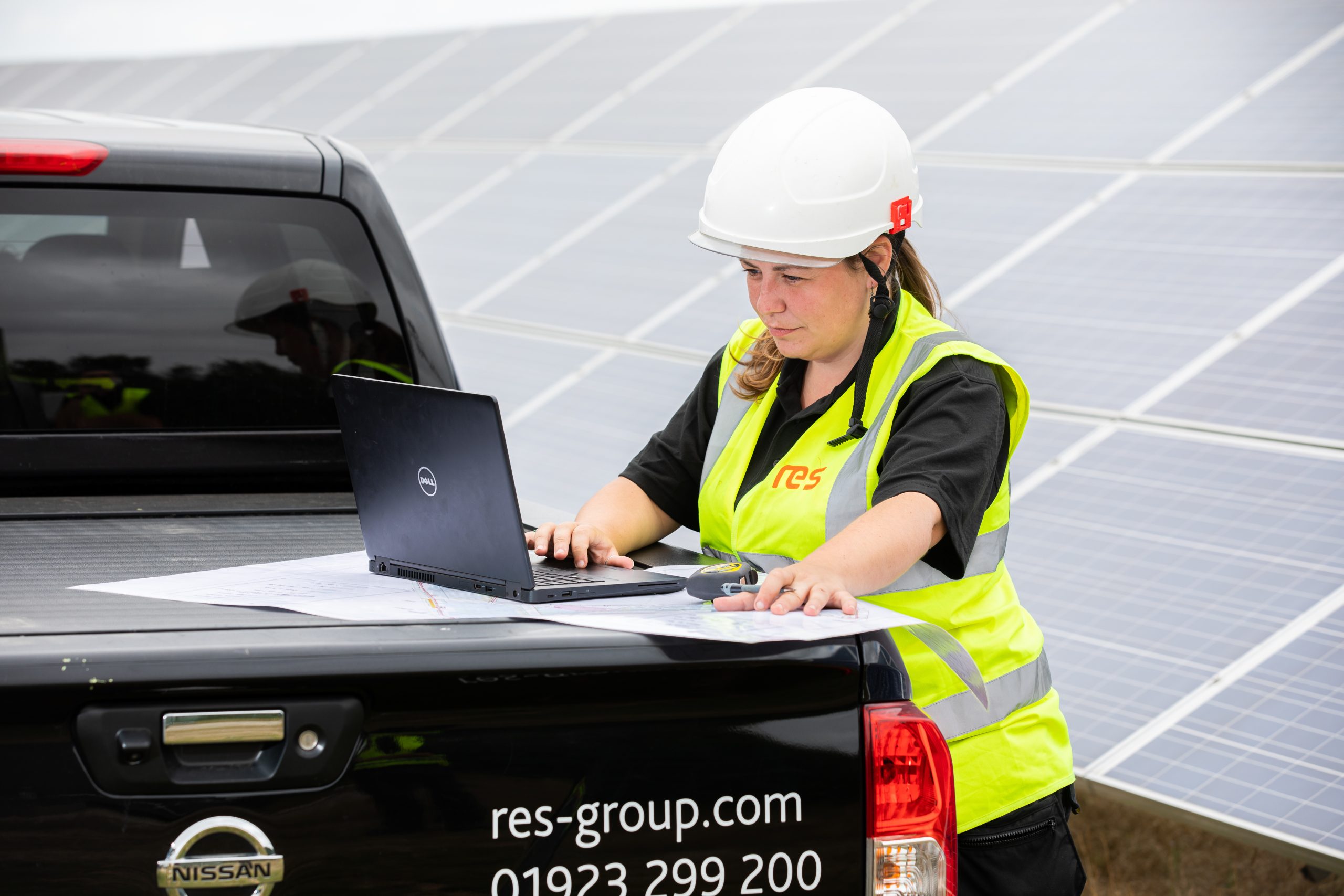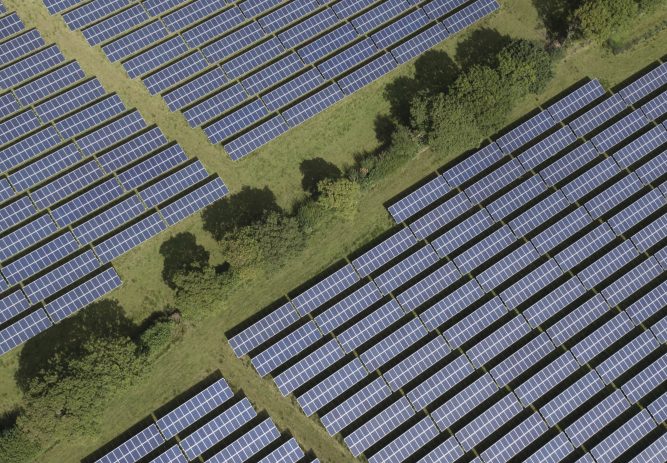Services
Technologies
Promouvoir un avenir énergétique propre grâce à des technologies renouvelables de pointe.
Voir toutes les technologiesRessources
Parcourez nos dernières ressources, notamment les mises à jour de l'entreprise, les témoignages de clients, les informations sur le secteur et les rapports de recherche.
Voir toutes les ressourcesCarrieres
Rejoignez une équipe collaborative de personnes passionnées qui s'engagent dans un travail qui a du sens.
CarrieresÀ propos de RES
Nous vivons notre mission, nous mettons en avant les personnes qui la réalisent et nous célébrons les transformations qui changent la façon dont le monde produit et consomme l'énergie.
Voir à propos de nousEmplacements et bureaux
Tout comme notre entreprise, nous sommes véritablement mondiaux – mais fièrement locaux. Trouvez les coordonnées et l’emplacement de chaque bureau RES.
Nous contacter-
Accueil
/
Resources
/
étude de cas
/
EPC rectification works programme
EPC rectification works programme
by RES | Juil 01, 2023 | Temps de lecture: 2 min

RES was asked by a client to provide engineering, procurement, and construction (EPC) works to overcome some underlying asset design, workmanship and quality issues at a solar farm in South West England. As is standard with any construction project, a bedding in process where snagging problems are dealt with is expected. However, RES found remaining faults from the original EPC phase meaning that the site wasn’t performing to its full potential. With RES already working closely with our client to provide both quality Asset Management and O&M services for several of their sites, we were asked to deliver all necessary outstanding rectification works and close out those outstanding milestones for EPC completion at the site.
The work
This particular solar farm suffered more operational issues than most solar PV sites since it first entered operation in 2014. These ranged from sporadic and catastrophic failure of major components to health and safety hazards, non-compliances and equipment longevity concerns. All of this was impacting on the production revenue and availability. Due to the frequency and nature of issues, operational teams often found themselves using their finite resources reacting to urgent and unforeseen issues which impacted the normal day to day running of the site and future planning activities, further perpetuating the problem.
RES engineered a phased programme of rectification which started by getting necessary mitigations in place to pre-empt the inevitable short-term failures of existing equipment. This would see long lead time components held in stock for the site and having key works procedures prepared such as lift plans, access plans etc, meaning failures would be addressed as quickly as possible, minimising business interruption. In parallel, a detailed review and analysis of defects was kicked-off which included categorisation of defects by topographical area and building up a comprehensive picture of risk across the plant. Risk was grouped by:
- Imminent risk to production
- Health & Safely risk
- Longevity risk
Solution scoping and cost estimating was then carried out giving RES and the Client a first meaningful glimpse into the extent of the problems, their priority, and likely costs. Using this risk and priority framework as the basis for the approach, RES developed a balanced remedial plan. The project team then worked through the necessary design and procurement exercises using a combination of RES’ internal experts and 3rd party specialist input where required. Throughout this process, value-add opportunities such as performance improvements and ESG benefits were considered and integrated into the final solutions, where appropriate.
Results
Over several years, RES rolled out its works programme across the site. In the first year there was a significant increase (~35%) in plant availability achieved through both the failure mitigations and executing early priority works. The initial phase of works also addressed all defects deemed high priority from a H&S perspective. During subsequent years, there was a further 15% improvement to plant availability bringing the site up to its maximum potential with the remaining H&S risks closed out. Furthermore, longevity issues identified at the outset were addressed removing risk to future availability, lowering the requirements to maintain expensive spares inventories, and reducing on-going operational cost of the site. In addition, several performance optimisations were incorporated into the site design including efficiency improvements and various ESG benefits were also achieved.
Partager cet article



Once our team were able to get a handle of the scale and scope of the issues at hand, we set up contingency planning for the short term and long term – providing us with a roadmap to use leading us to handing over a site after all works are complete which is efficient, safe and complete. We needed to address underlying asset quality issues, and thanks to the steps taken the site is now operating reliably at full capacity. This programme of works resulted in avoiding significant lost revenues (~£500k per year).
Robert Mattholie, Senior Asset Manager
RES

